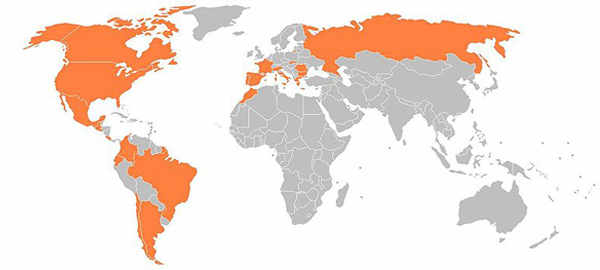Our “Summer of Sourcing” is picking up steam, we hope you’re enjoying it. The research today is based upon our analysis performed for the State of Strategic Sourcing 2013 report that publishes tomorrow [Publisher’s note: that said, it is admittedly not very sourcing focused]. Today, we continue with Part Two of a two-part deep-dive into supplier management (click here for Part One by Andrew) by highlighting a variety of strategies that top sourcing organizations are using to take this function to the next level.
While I’ve been spending my days (and nights) focused on our complex categories research (watch for some news in the CWM world soon), I didn’t want Andrew to have all the fun with his sourcing report, so I jumped into the fray as we decided to tag-team this little series…..
Anyway, as Andrew noted in Part One, supplier management is a core component of procurement and of the Chief Procurement Officer (CPO) role because an organization’s management of its supplier base often dictates the success of its overall procurement and sourcing efforts. The very future of this cross-section of the procurement function relies upon a single concept that every CPO includes in evaluating the health of his / her business. Innovation has been one of most popular buzzwords within the industry, however, even the most hardline procurement executive understands that in order to survive the current economic landscape, supplier innovation will soon be at the forefront of procurement planning.
The procurement group has seen a plethora of innovative strategies and solutions cross its path in recent years, including enhancements to analytics and business intelligence, a broader range of supply management technology, the fusion of finance and procurement into a more cohesive unit, the rise of “networks” as well as the “old stand-by” solutions that have proven time-and-time again to drive true value, such as eProcurement, eSourcing and contract lifecycle management.
Ardent Partners research has found that Best-in-Class organizations (those companies with a higher level of cost savings than all other organizations, as well as a higher throughput of spend that is strategically-sourced) have embraced the notion of innovation within the realm of supplier management as a way to take this series of processes well into the future:
- Best-in-Class enterprises in Ardent Partners’ research study are more than twice as likely than all other organizations to leverage suppliers networks as part of their procurement, sourcing and supplier management programs. Fellow Ardent analyst Vishal Patel, editor of Payables Place, regularly speaks about the advantages of the supplier network (also referred to as “B2B” or “business” networks). These networks provide a centralized means of communication, automation and enablement of pure supplier and financial management processes, ranging from accounts payable, accounts receivable, e-procurement, and cash management. At a supplier management level, business networks also cultivate an environment of supplier collaboration, an innovative concept that helps organizations travel beyond pure “buying and selling” into a true relationships with their core suppliers.
- Top-performing organizations are almost twice as likely than all others to have teams in place within their company that are dedicated to supplier innovation. As discussed throughout this article, innovation is fast-becoming a prime priority for companies looking to kick-start their supplier management programs and improve not only the actual relationships with key suppliers, but also the inherent processes that are components of those relationships. By dedicating internal experts to focus on supplier innovation, an organization can understand the best means for conversing and collaborating with suppliers, as well as develop new strategies for improving both menial (order and payment status) and strategic (forecasting / planning) processes.
- Best-in-Class enterprises are also 33% more likely than all other organizations to dedicate resources to improve supplier enablement to automate more transactions and communication across the source-to-settle process. While an automated linkage between the enterprise and its suppliers isn’t necessarily the most innovative strategy, it does remain a more “classic” approach that, like other forms of technology that eliminate manual- and paper-based tasked, improve overall collaboration, commerce and drive down transactional costs across the source-to-settle spectrum.


Pingback: Payables Place | eInvoicing – Creating Value for Suppliers